UCSB marine scientists say governance, economics main limiting factors to industry expansion

A new study, appearing in the Aug. 14 edition of Nature Ecology & Evolution, says that nearly every coastal country in the world could meet its domestic seafood needs through aquaculture, using only a small portion of its ocean territory.
The findings by the research team – led by scientists from UC Santa Barbara and including researchers from the Nature Conservancy, UCLA and the National Oceanic and Atmospheric Administration – demonstrate the oceans’ capacity for aquaculture expansion.
“There is a lot of space that is suitable for aquaculture, and that is not what’s going to limit its development,” said lead author Rebecca Gentry, who recently completed her Ph.D. at UCSB’s Bren School of Environmental Science & Management. “It’s going to be other things such as governance and economics.”
It’s not a question of if aquaculture will be part of future food production but, instead, where and when. Our results help guide that trajectory.
The authors referred to aquaculture as the fastest-growing food sector, one that is poised to address increasing issues of food insecurity worldwide.
According to the study, aquaculture “hot spots” in the oceans around the globe provide enough space to produce 15 billion metric tons of finfish annually, more than 100 times the current global seafood consumption. If fish farming were developed in only the most productive areas, the authors noted, the oceans could theoretically produce the same amount of seafood that the world’s wild-caught fisheries currently produce in an area the size of Lake Michigan, less than 1 percent of the total ocean surface.
“There are only a couple of countries that are producing the vast majority of what’s being produced right now in the oceans,” Gentry said. “We show that aquaculture could actually be spread a lot more across the world, and every coastal country has this opportunity.”
The United States, which imports more than 90 percent of its seafood, could produce enough farmed seafood to meet national demand using only 0.01 percent of its exclusive economic zone, Gentry noted. The U.S. seafood trade deficit exceeds $13 billion.
“Marine aquaculture provides a means and an opportunity to support both human livelihoods and economic growth, in addition to providing food security,” said co-author Ben Halpern, executive director of the UCSB-affiliated National Center for Ecological Analysis and Synthesis (NCEAS). “It’s not a question of if aquaculture will be part of future food production but, instead, where and when. Our results help guide that trajectory.”
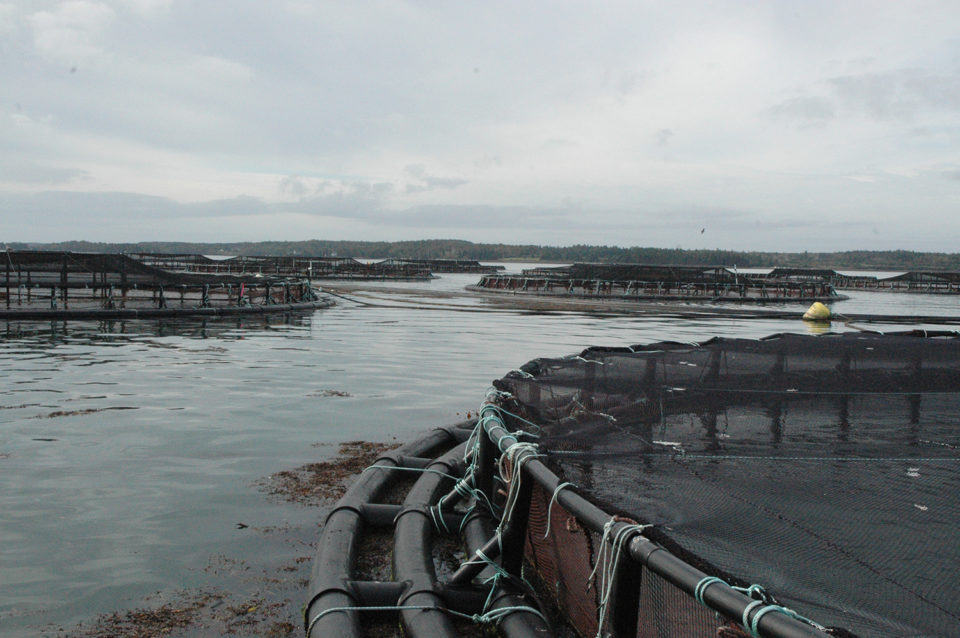
The researchers identified areas where ocean conditions could support farms using data on oceanographic parameters like water depth, temperature recordings taken over the past 30 years and biological needs of 180 species of finfish and shellfish. Places in conflict with other uses – shipping zones and marine protected areas – were ruled out, as were areas with ocean depths exceeding 200 meters.
“There’s so much area available that there’s a lot of flexibility to think about how to do this in the best way for conservation, economic development and other uses,” said Gentry.
Co-author Halley Froehlich, noting that aquaculture is expected to increase by 39 percent in the next decade, said aquaculture could compensate for the limitations of wild-caught fisheries.
“This is really an opportunity to shape the future of food for the betterment of people and the environment,” she said, adding that science, conservation, policy and industry should collaborate to place and manage fish farms in the most suitable areas in order to avoid pollution and prevent diseases.
This research is part of the Science for Nature and People Partnership, a collaboration of NCEAS, The Nature Conservancy and the Wildlife Conservation Society.
Now that you've reached the end of the article ...
… please consider supporting GSA’s mission to advance responsible seafood practices through education, advocacy and third-party assurances. The Advocate aims to document the evolution of responsible seafood practices and share the expansive knowledge of our vast network of contributors.
By becoming a Global Seafood Alliance member, you’re ensuring that all of the pre-competitive work we do through member benefits, resources and events can continue. Individual membership costs just $50 a year.
Not a GSA member? Join us.
Author
-
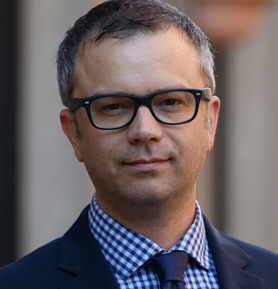
James Wright
Editorial Manager
Global Aquaculture Alliance
Portsmouth, NH, USA[103,114,111,46,101,99,110,97,105,108,108,97,101,114,117,116,108,117,99,97,117,113,97,64,116,104,103,105,114,119,46,115,101,109,97,106]
Tagged With
Related Posts
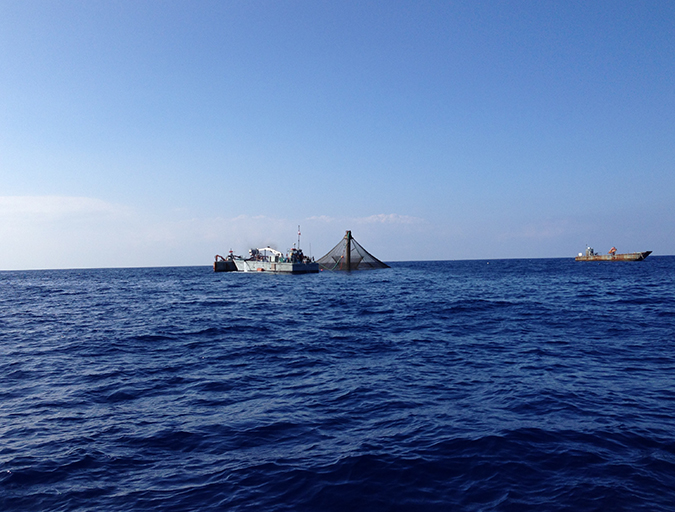
Intelligence
‘Spatiotemporal patterns’ indicate improving perceptions of aquaculture
A study led by University of California Santa Barbara researchers has found that public sentiment toward aquaculture improves over time, a potentially important development with growing interest in offshore aquaculture.
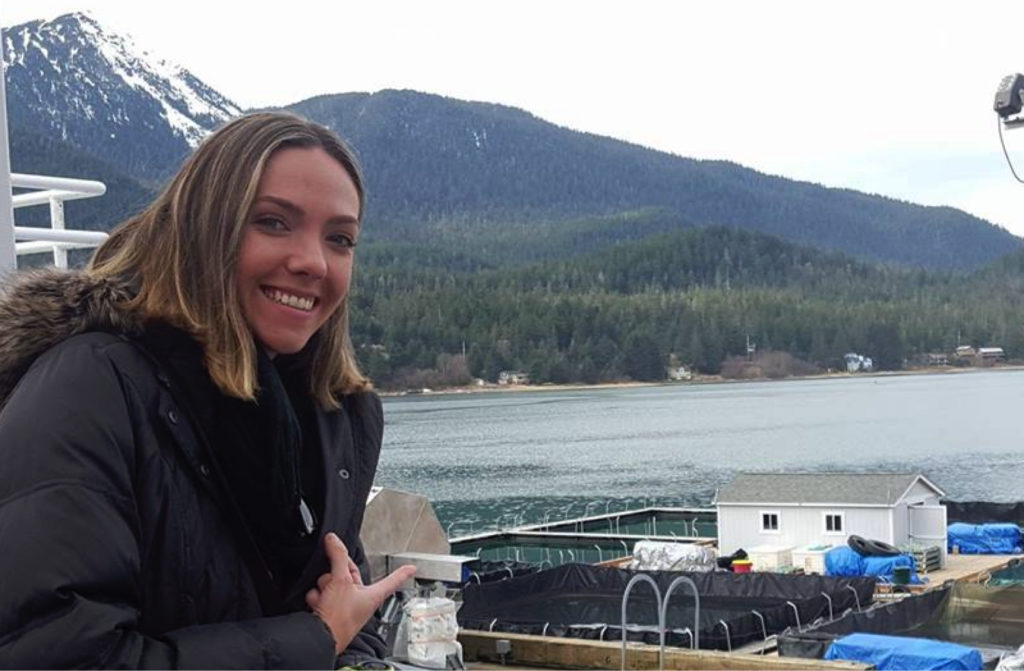
Responsibility
Conservation Aquaculture Research Team seeks to spark innovation, collaboration
Agriculture and fisheries have long been aligned with conservation objectives. A newly formed group, CART, aims to do the same for aquaculture.
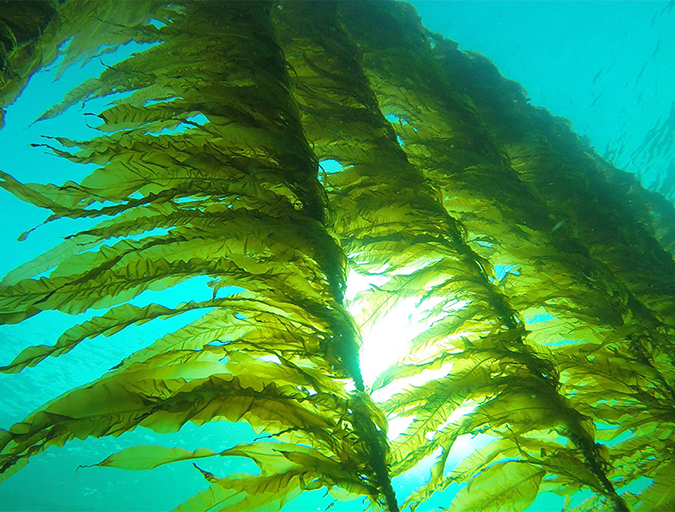
Responsibility
Can aquaculture flourish in a more symbiotic sea?
The 18-month Maribe project has uncovered some promising ideas for promoting growth and jobs within the blue economy. Aquaculture, fingered as one of five key areas for growth, could benefit from collaboration with renewable energies.
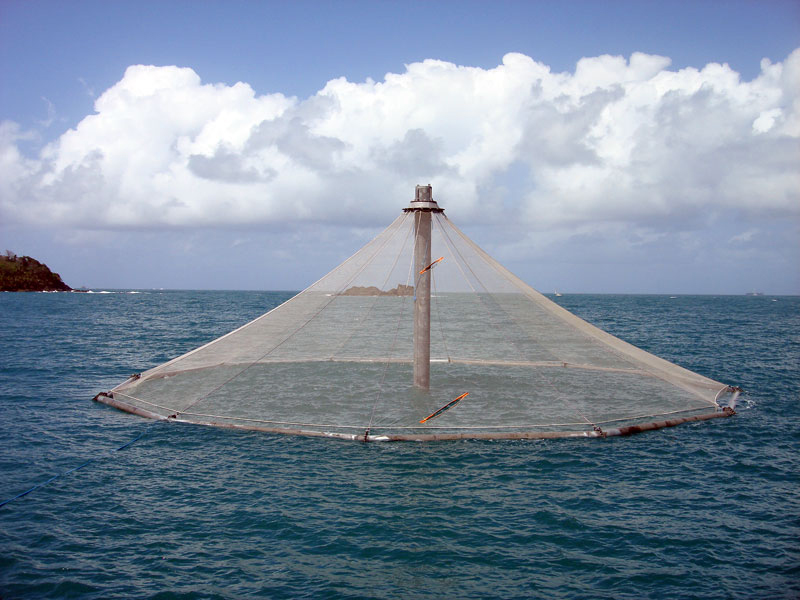
Responsibility
Do you know offshore aquaculture when you see it?
Researchers have determined that a definition of “offshore aquaculture” was necessary to critically assess the impacts and benefits of moving fish farming operations “slightly farther and slightly deeper” out to sea.

